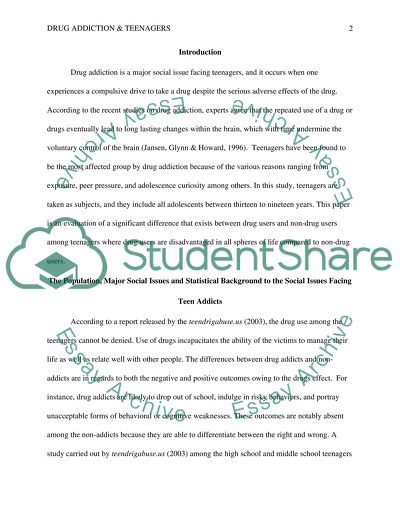Cite this document
(“Drug Addiction & Teenagers Research Paper Example | Topics and Well Written Essays - 3500 words”, n.d.)
Retrieved from https://studentshare.org/sociology/1401634-drug-addiction-teens
Retrieved from https://studentshare.org/sociology/1401634-drug-addiction-teens
(Drug Addiction & Teenagers Research Paper Example | Topics and Well Written Essays - 3500 Words)
https://studentshare.org/sociology/1401634-drug-addiction-teens.
https://studentshare.org/sociology/1401634-drug-addiction-teens.
“Drug Addiction & Teenagers Research Paper Example | Topics and Well Written Essays - 3500 Words”, n.d. https://studentshare.org/sociology/1401634-drug-addiction-teens.


